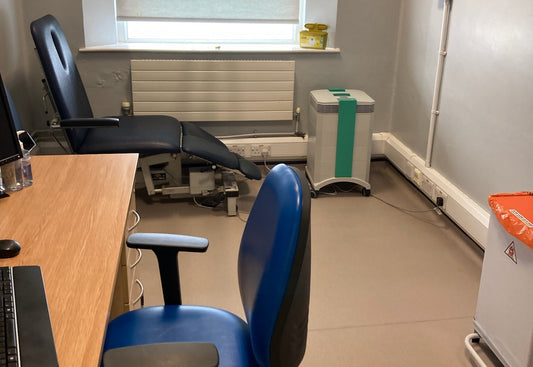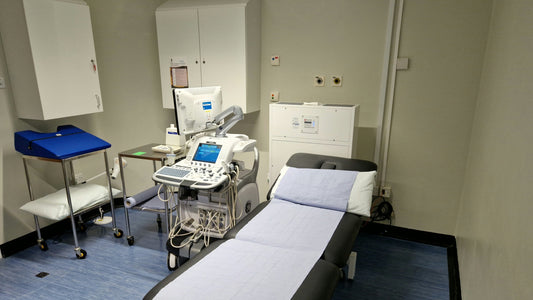The dental technologist is kept fully occupied these days, as demand for cosmetic dental prostheses, such as crowns and implants increases. For, as dental health has improved – and the population ages – there has been a shift towards the aesthetic side of dentistry. Work in a dental lab involves handling many different kinds of materials and – as in any kind of lab work – the dental technologist may potentially be exposed to carcinogens in the dental laboratory, consisting of various dust and chemical fumes. The problem may be compounded where the dental technologist works in a confined space and in conditions of poor ventilation. Indoor pollution can be 100 times higher indoors than outdoors, and the dental laboratory is not exempt from this.
The chemical hazards in the dental laboratory include solvents, acids and various gases and vapours released during polymerisation, metal casting and porcelain baking as well as the components of resins, alloys and ceramics. Metal alloys such as vitallium, wisil, duralium and vironite are used in the creation of crowns, bridges and dental prostheses. These contain cobalt, chromium, nickel, molybdenum, silica, beryllium, boron, tantalum and other elements. Some of the specific chemicals used in dental laboratories are:
- Silica
- Butylene glycol
- Hexane
- Ethyl acetate
- Nitrocellulose
- Glutaraldehyde
- Benzoyl peroxide
- Hydroquinone
- Corundum
- Bisphenol A
- Oxides of titanium, iron and boron.
Some of the chemicals used in a dental lab are safe, some are known carcinogens and technologists need to be protected from them. And there are others where evidence is limited and it would be wise to take precautions anyway.
Here we look at some of the main chemicals and carcinogens in the dental laboratory that a dental technologist may encounter in the course of his or her work.
Methyl Methacrylate
Also known as methyl methacrylate monomer (or just ‘monomer’) this chemical is used in making splints and other dental prostheses. Exposure of those working with methyl methacrylate (and those working nearby) occurs through inhalation or skin exposure and can cause the following health effects:
- Acute - Skin, eye and mucous membrane irritation; allergic response; tightness in the chest and other respiratory symptoms; a headache, lethargy
- Chronic - Reduced lung function; nasal symptoms; cardiovascular effects
- Cancer - Some research suggests a causal link between occupational methyl methacrylate exposure and colon and rectal cancer, but this has not yet been confirmed. Methyl methacrylate is not currently classed as a carcinogen, but this could change with future research findings.
Methyl methacrylate is one of the chemicals that are subject to control by the Control of Substances Hazardous to Health (COSHH) regulations and the long-term (8 hours) Workplace Exposure Limit (WEL) is 50 parts per million (ppm) and short-term exposure WEL is 100 ppm.
Methyl methacrylate is heavier than air and tends to travel along the ground so control systems should be positioned to account for this. There are also a number of compounds related to methyl methacrylate which are used in dental technology, including triethyleneglycol dimethacrylate (TREGDMA) and triethyleneglycol diacrylate (TREGDA). Animal studies on TREGDMA and TREGDA suggest that they cause skin irritation, but are not carcinogenic.
Beryllium
Many dental alloys contain the toxic metal beryllium which can cause a disabling and potentially fatal lung condition called chronic beryllium disease (CBD) and lung cancer. The International Agency for Research on Cancer (IARC) classifies beryllium as a human carcinogen. The COSHH short-term WEL for exposure to beryllium is 0.002 milligrams per cubic metre (COSHH also lists beryllium as a carcinogen).
What's next?
Further studies are needed to evaluate the impact of carcinogens in the dental laboratory. However, those wishing to take a more proactive approach and invest in their and/or their employee's health sooner, rather than later, would do well to consider air filtration system designed for dental laboratories to capture and retain exactly those kinds of carcinogenic chemicals found in the dental laboratory. Improving air quality can be a surprisingly easy and cost-effective thing to do, when the right solutions are deployed.
To find out more, contact a member of Commercial Air Filtration's expert team by phone - 020 3176 0524, or email.




